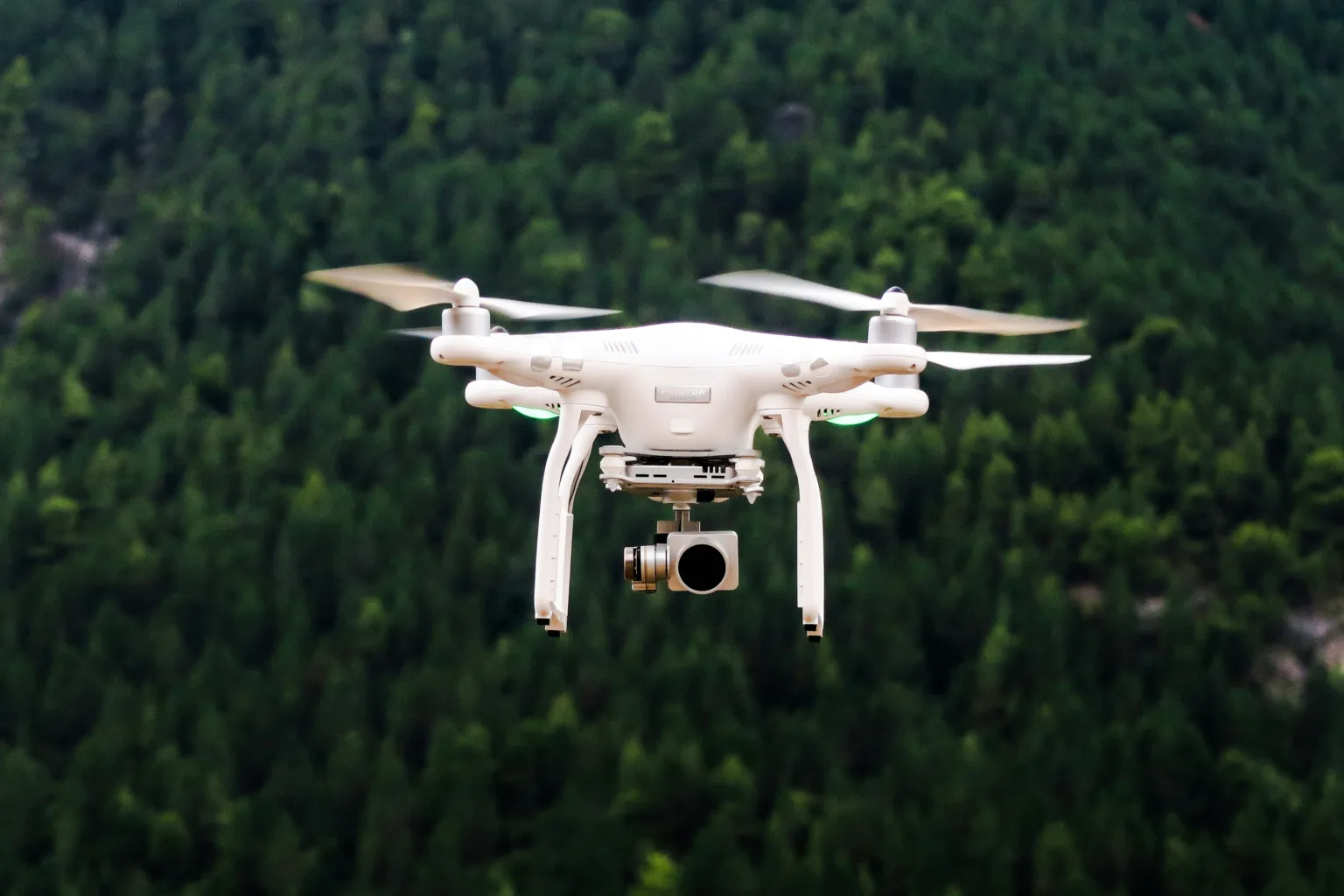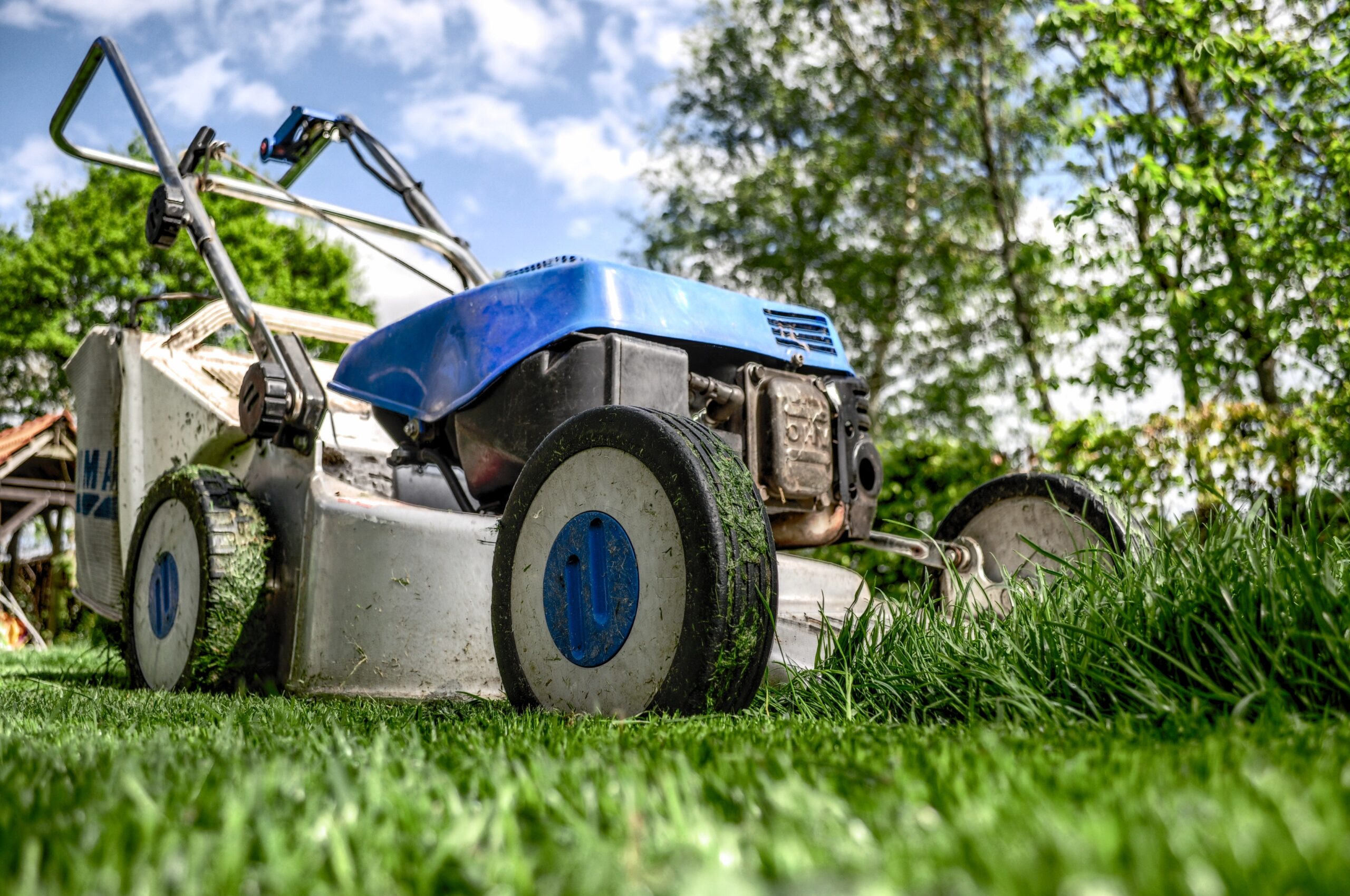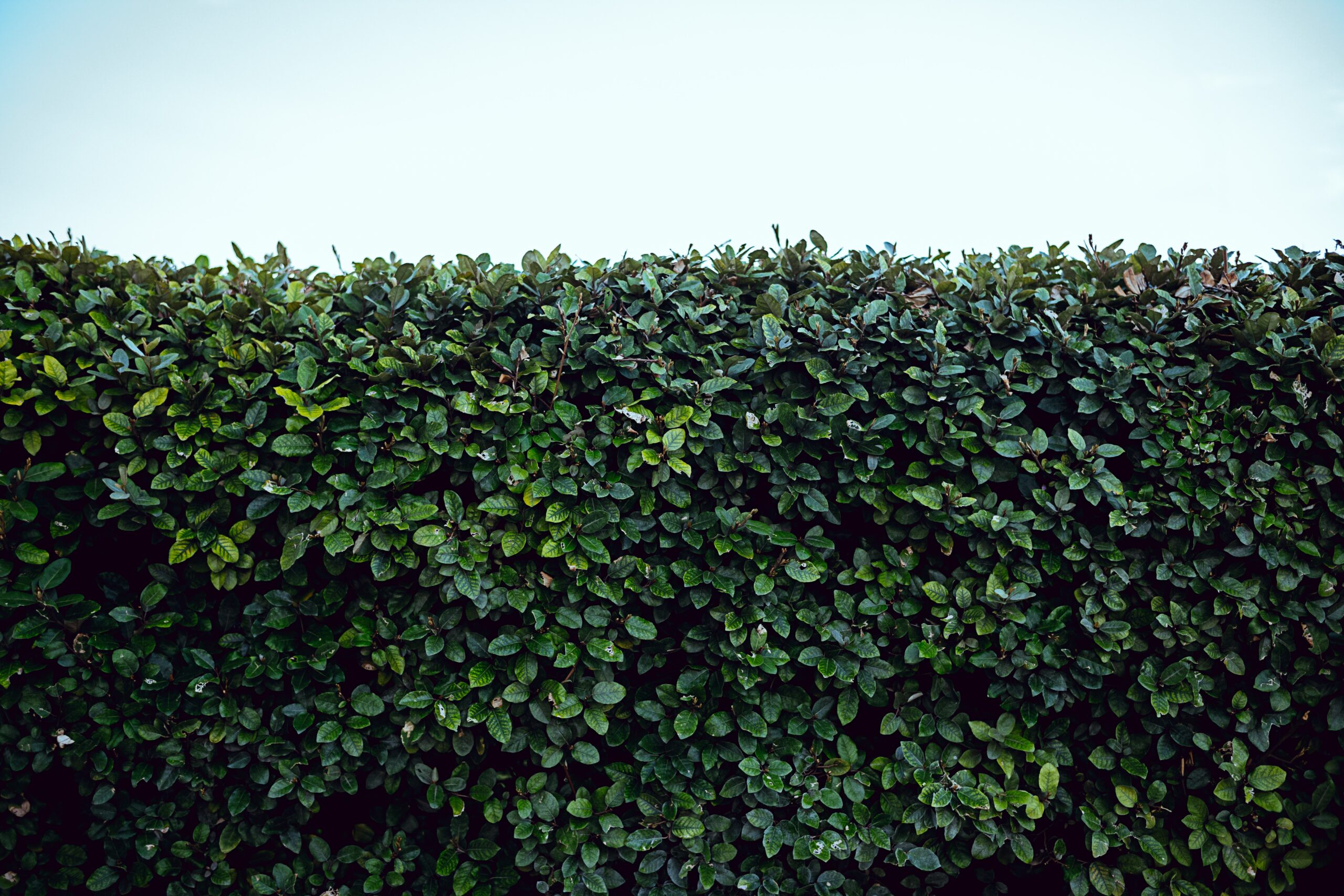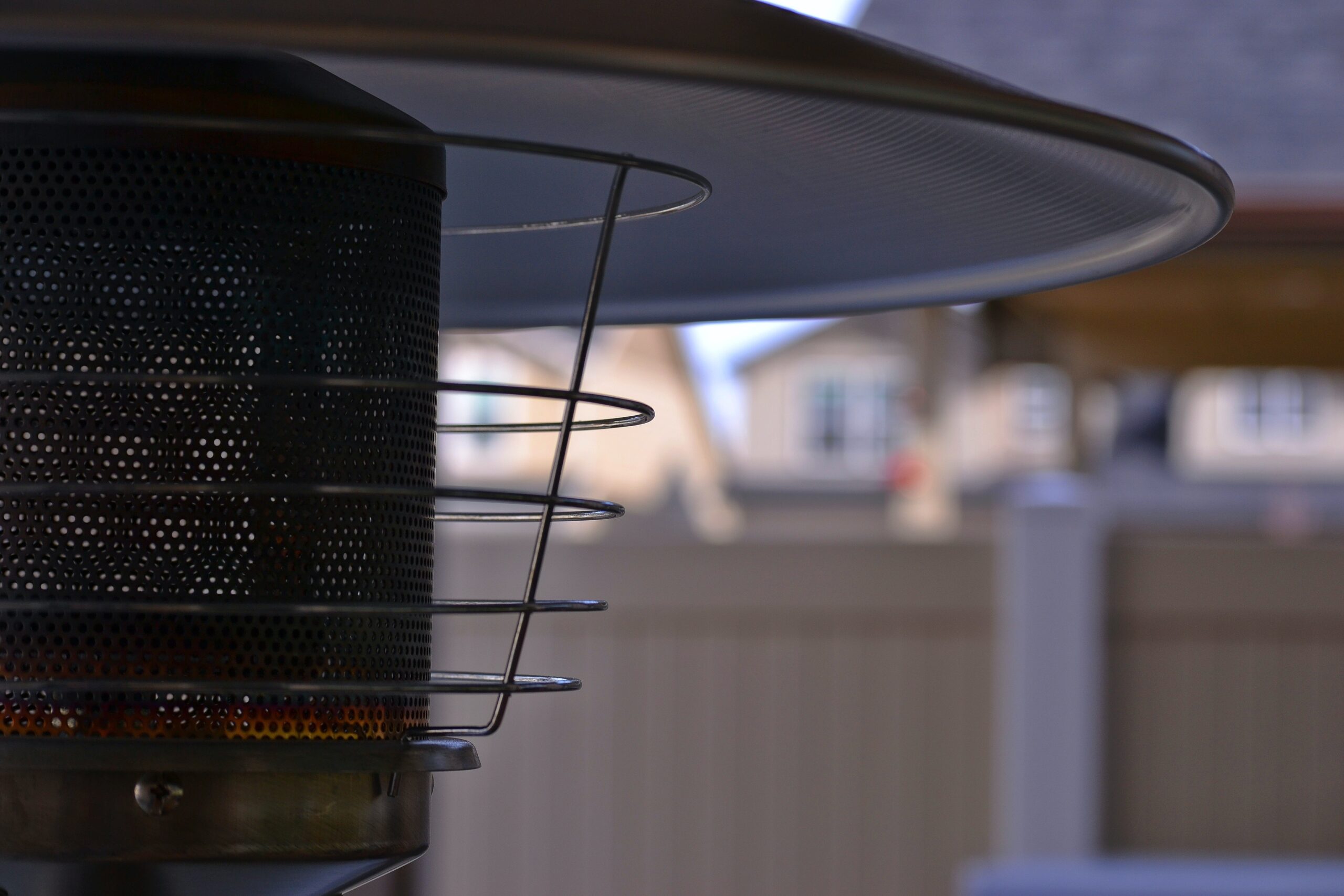Drones and Remote-Controlled models continue to increase in popularity gaining the attention of recreational pilots and videographers alike. Not only are they enjoyable to control, but they can be great tools for capturing unique aerial photo and video.
In this beginner’s guide to drones and RC models, we’ll take a look at rules and regulations, drones for kids or beginners, drones with cameras for advanced users, remote controlled models (meaning planes and RC cars), maintenance and more.
So, let’s get started.
Getting Started With Drones
If you’re just getting started with drones, it’s important to understand the different types on the market. The majority of buyers are looking for consumer drones, either for aerial photography or recreational flying, but it’s worth familiarising yourself with the other drone types – some people start with consumer drones and move on to racing or professional models, so it’s always worth knowing what these are.
Toy Drones – Ideal for beginners or children, these inexpensive drones offer an affordable starting point without all of the pricey extras (check out our article on the Best Drones For Kids for more info).
Consumer Drones – Typically used for photography and recreational flying. Leading brands like DJI offer models that range from basic to advanced.
Racing Drones – Drones built for speed and agility for the sole purpose of racing other drones.
Professional Drones – These are used in industries such as film production and construction for high-quality video and data collection.
If you’re just getting started, you might want to take a look at our article Best Drones for Beginners With Camera UK. We cover options from ~£50 to ~£750, so we’ve got you covered no matter the budget.
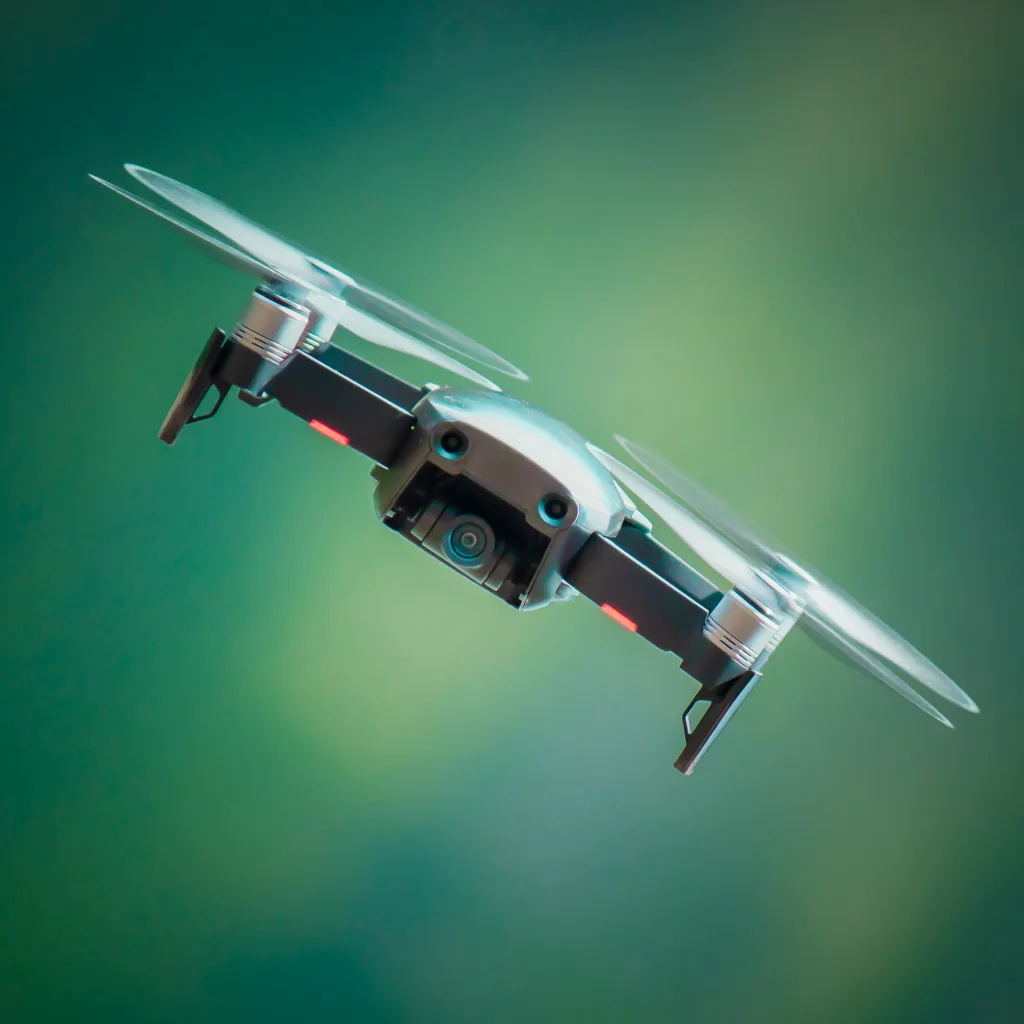
Advanced Drone Models With Cameras
High-quality camera drones have transformed aerial photography, videography, and recreational flying. Whether you’ve just started out with drones and want to purchase a quality model, or you’ve already used
High Quality Imaging – Increased photo/video resolution allows for professional quality image capture
Improved Movement Features – Automatic movement features like Return To Home, Follow Me, and Circle Me make flying drones easier than ever
Extended Flight Time – High capacity/efficiency batteries improve max flight time for longer use
Improved Motor/Propellers – Higher quality motor or propellers allows for faster flights and improved control in challenging weather conditions
Extended Flight Range – Long range connectivity allows you to fly drones further from the controller/pilot
If you’re interest in more advanced models, you might want to take a look at our articles on the Best Drones Under £300 and Best Drones Under £500.
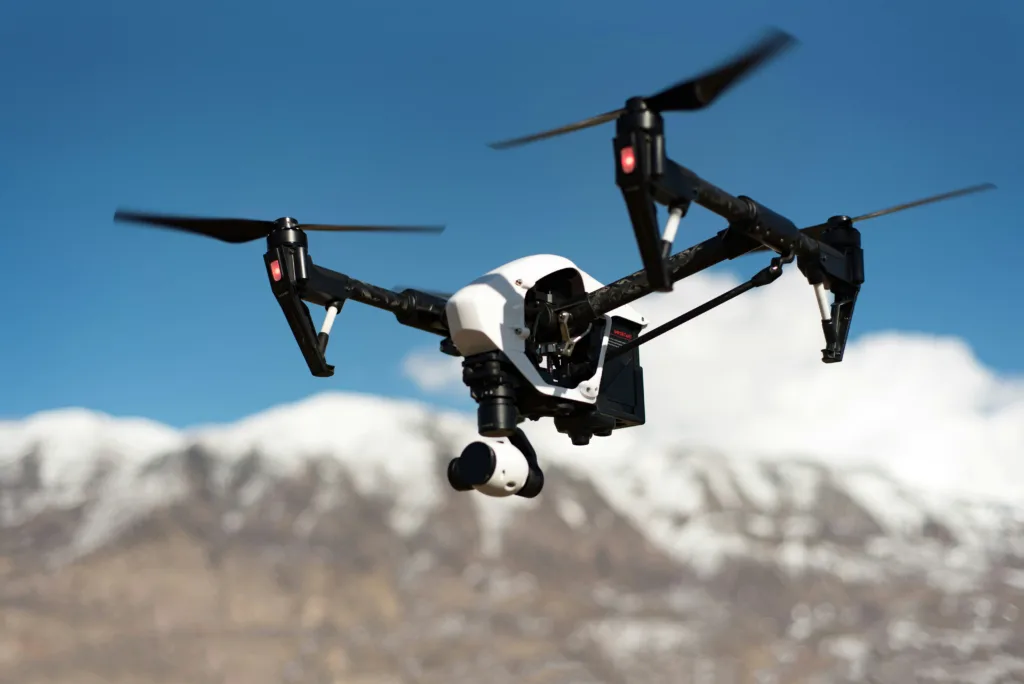
Getting Started With RC Planes
While drones continue to increase in popularity, some people still prefer more traditional RC planes. Some people prefer them because of their imitation of real-life aircrafts or their unique flight experience. Let’s take a look at some of the different types of RC planes:
Trainers – Planes designed for new pilots. These planes are stable, durable and easy to handle, so they’re ideal for beginners
Gliders – Planes designed to fly without a motor. Powered using air currents or thermals, these planes are great for learning about aerodynamics and environmental conditions
Park Flyers – Small, lightweight planes that are great for flying in confined spaces like parks
Sport Planes – These planes offer improved agility and speed, making them a great follow up from Trainer planes
Racing Planes – These high-quality models are specialised sport planes, and they’re ideal for racing other enthusiasts
If piloting RC planes sounds like fun, you might want to take a look at our article on the Best Beginner RC Plane.
If you’re more interested in the realistic model side of RC planes, you might want to check out our post on the Best Airbrush Compressor For Model Making.
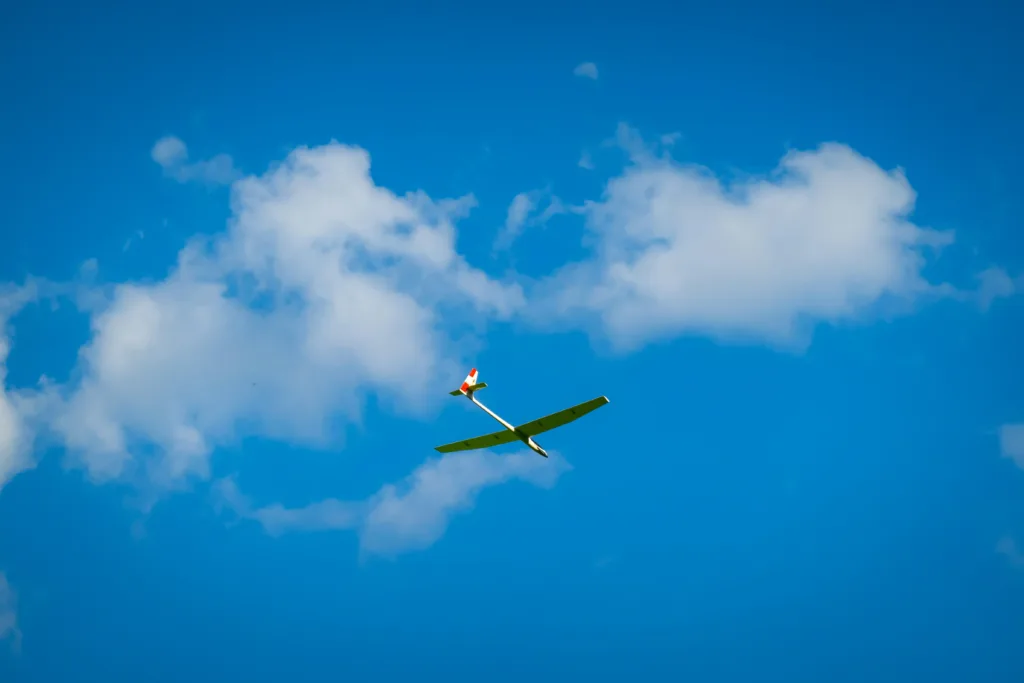
How To Look After Your RC Drone
Once you purchase a drone, it’s really important to take proper care of it. Maintenance helps to keep your drone at optimum performance and avoid any costly repairs down the road. Below we break down some of the best maintenance tips for beginners and experts alike.
Pre-flight Inspection – Before you fly your drone, it’s important to check for any debris or chips. Debris or damage (especially relating to your propellers) could cause issues damage if you try and take off, so it’s important to double check
Storage – In between flights, it’s important to store your drone in a cool, dry environment to prevent any issues with overheating or moisture. It’s also helpful to store it out of direct sunlight
Battery Discharge – Much like mobile phones, batteries are usually one of the first things to go wrong with drones. To prevent deterioration, it’s helpful to leave your battery stationery for 24 hours after charging, to recharge your battery once it depletes to 20%, and leave your battery stationery for 6 hours before charging.
Maintenance Tool Kit – It’s useful to have tools like hex key sets, screwdriver sets, micro brushes, compressed air, lens cleaning solutions, and protective travel cases to keep your drone in perfect condition. You can also use these to clear any debris that you spot in your pre-flight checks
Drone Servicing – In addition to your pre-flight checks, it’s worth doing a more thorough condition check every 10-20 flight hours, and an internal component review or professional service every 50-100 flight hours. This can really help to keep your internals pristine, and these parts can be some of the most expensive if they go wrong.
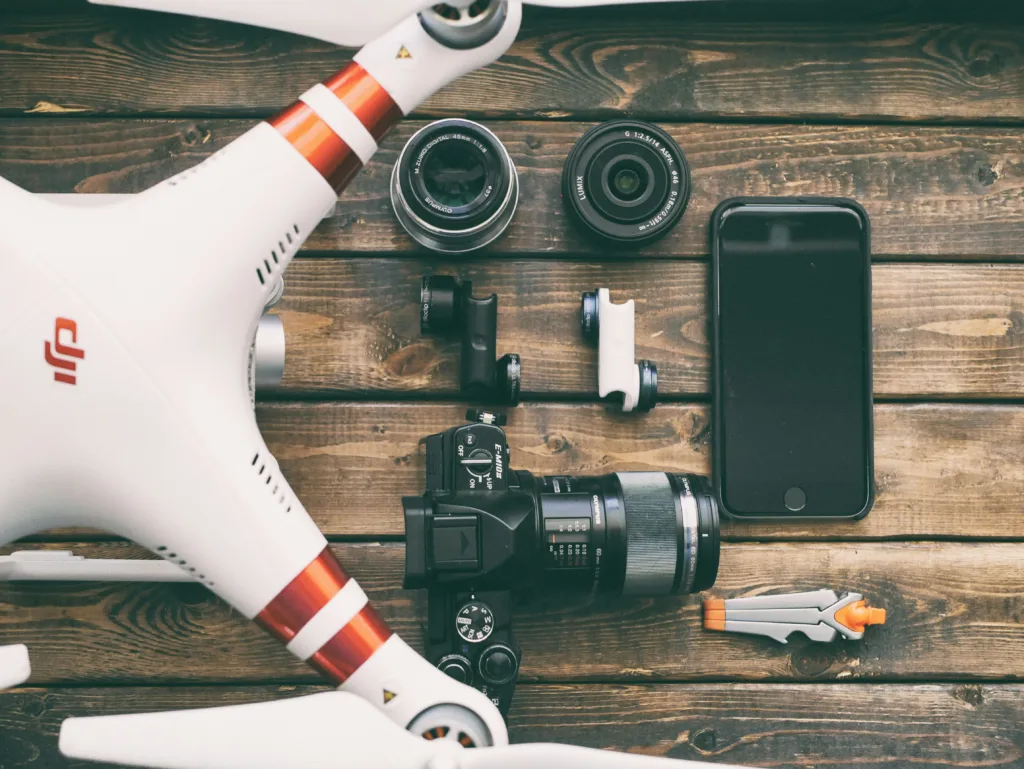
Rules and Laws For Drones and RC Models
It’s really important to check the drone law enforcement for the area that you plan to fly in. Below we cover some of the key laws for the UK.
Registration/Operator IDs – Drones/RC models that are over 250g or have photo/video capabilities need to be piloted by someone with an Operator ID (the operator may be the owner of the plane or a designated pilot). You can get your Operator ID by registering with the Civil Aviation Authority (CAA). You do not need an Operator ID if your drone is classified as a toy.
Flyer ID – Anyone flying a drone or plane that weighs over 250g must pass a basic test with the Civil Aviation Authority (CAA) to get a Flyer ID. The pilot must carry their Flyer ID at all times while flying.
Insurance – You must need insurance if you are 1) Not using your plane/drone for sport/recreation or 2) Your plane/drone weighs over 20kg
Flight Rules – You cannot endanger anyone while flying your drone and you must be able to see it at all times. Some of the key flight rules include not flying your drone above crowds, not flying over 400ft (120m) above ground, not flying in restricted airspace, and not flying where emergency services are responding without permission.
If you want more detail on what you can and can’t do with your drone or RC plane in the UK, check out the Met Police article on Drone Advice and Information.
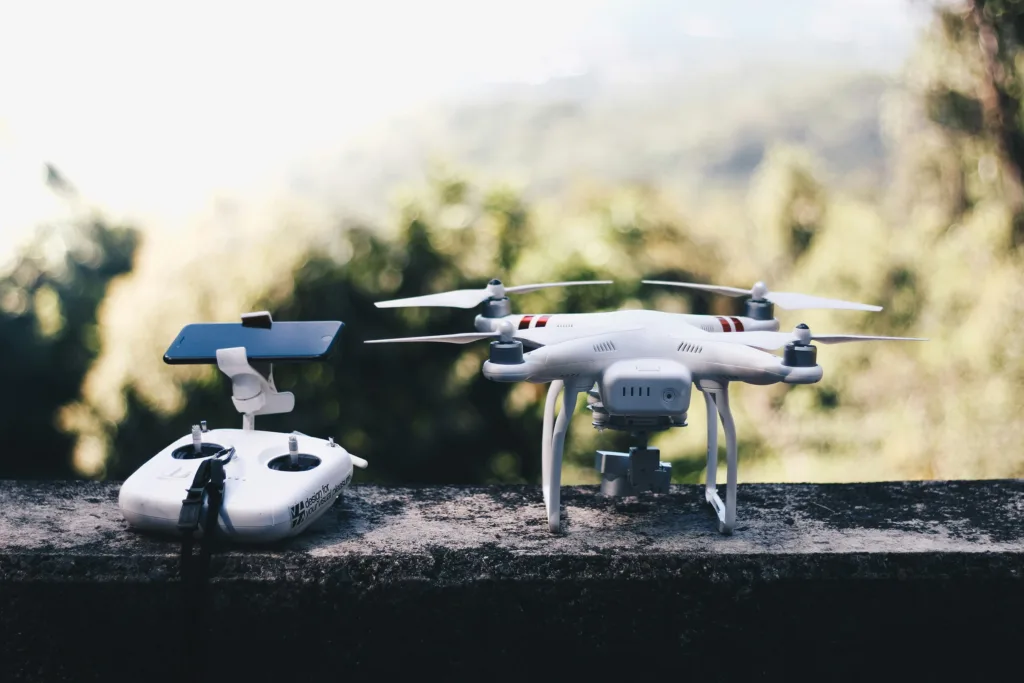
Conclusion
Drones and RC models can be a really enjoyable hobby as well as an efficient tool for commercial use.
While shopping for a drone or RC model can be confusing at first, there’s plenty of great guides online that can help to explain some of the best options. We’ve linked some of our articles above, and these can all be found in our Drones and RC Models category.
Once you’ve purchased the ideal drone for you, it’s essential that you review the laws for your area. Not only is this important for the safety of those around you, but it also prevents law enforcement from taking action against you.
It’s also really important to learn about the best maintenance practice for your RC drone. This prevents costly repairs and keeps your drone in pristine condition.
FAQs
In short, you only need a license (Operator ID and Flyer ID) if your drone is heavier than 250g or has photo/video capability.
Registration/Operator IDs – Drones/RC models that are over 250g or have photo/video capabilities need to be piloted by someone with an Operator ID (the operator may be the owner of the plane or a designated pilot). You can get your Operator ID by registering with the Civil Aviation Authority (CAA). You do not need an Operator ID if your drone is classified as a toy.
Flyer ID – Anyone flying a drone or plane that weighs over 250g must pass a basic test with the Civil Aviation Authority (CAA) to get a Flyer ID. The pilot must carry their Flyer ID at all times while flying.
Some of the key ways to maintain the battery life of your drone are as follows:
1) Leave your battery stationery for 245 hours after charging
2) Recharge your battery once it depletes to 20% (don’t leave it to drain to 0%)
3) Leave your battery stationery for 6 hours before charging
A smaller, consumer-level drone may be capable of 1 to 2 miles of flight away from the controller. A larger, commercial-quality may be able to fly as far as 10 to 20 miles away from the controller. The distances here are massively dependent on the quality and design of the drone as well as the weather conditions,
Thank you for reading our article on getting started with drones and radio-controlled models as a beginner.
If you’re interested in drones and RC, you may want to check out our other Drones and RC Models articles.
Feel free to leave a comment below if you have any thoughts or queries that you’d like us to take a look at – we’d be happy to help.

